|
DAY 7 I fair run to class after breakfast because today is soils day, this is one of my favourites. Richard points out the absolute importance of understanding soils when considering patterns, ecology, and life. “The range of topics we’re covering in this course, there’s a lot of things we could be searching deeper into. But what we need to develop are patterns to access information efficiently that leads us to effective action. You could read any of the soils encyclopedias in the library and you would still arrive at no better understanding of how to treat soil than playing this short game where you become soil. We don’t need all that complex information, there’s a lot of reductionist scientific approaches to understanding soil that have led us to the most destructive agricultural practices the world has ever seen… we started by asking the wrong questions. We don’t need anything extraneous to the information that leads us to effective action.” And so we get active. The soil game begins and we set about becoming the soil. “Soil is alive, and it’s that life that unlocks the nutrients. All life mostly functions cooperatively for the benefit of all. Thats the default pattern of all life, including us” Life and death we’re venturing into here, “you can’t have fertility without death. All fertility is based on… living organisms fixing dead organisms into plant available nutrients”. The soil food web appears before our eyes, everything in the soil that working in symbiosis to unlock nutrients in exchange for short chain sugars from plants. By growing plants we sequester carbon, the basic elements that make soil what it is. Ethylene, anaerobic bacteria, and clay particles are all played out as we build the story of the soil. Starting with oxygen and leading all the way to the activity of phosphorus, sulphur and trace elements that can become chemically bound to iron in it’s ferric form. Several key points come out of the game. One is that if you’re busy feeding your plants, you’re also only fighting symptoms, but if you feed your soil you’re building a healthy platform from which organisms can regulate themselves. We can now see that when farmers or gardeners use NPK fertiliser, they are immediately lock up everything else that is there which means plants can only get N, P and K. “Which is not all that plants need”, Richard advises. By witnessing the role play of a healthy soil system “we know that they need trace elements and the other micro-nutrients, just like you do or any other creature does or it can’t perform.” The plant then becomes deficient in micro trace elements, losing nutritional value and not very resilient to pest and insect attacks. All from treating the symptoms displayed in the form of the plant and not building a healthy soil and soil food web. After morning tea we’re back into class, still outdoors thinking about the way we look at soils, how we can feel soils. What standard soil tests tell us? A lot about the basic minerals present in our soils but nothing about the life. So how do we find out what’s really happening? This is integral to understanding what is going on under our feet, the life that will support our plants. Richard advises spending time looking at your soil food web to know whether you’re making good decisions. At an urban level this may save you a little time, but at a large farm scale it could mean spending thousands of dollars or not = time to take a holiday with your family or preserve foods that can generate income for your next project. Soil samples from different parts of the farm There’s some sample visual hydrated soil tests showing us miniature horizons in our soil, a quick lesson in how to use a penetrometer, tasting of soils by rubbing them on our teeth to check fthe textural difference between silts and clays and digging and inspecting for things like plow pans. Flocculation (what an awesome word!) = textured healthy soil systems glued into lumps by the exudates of an active soil food web. Microscopy and looking at the life beneath our feet. Clay on silt on sand The magnetism of clay comes up in discussion of natural building, “Clay has a charge which is why you can make bricks or ovens with it ‘cause it bonds chemically with things like straw, or horse manure is even better, you make very strong bricks with it, almost like concrete” We discover the Emerson and Atterberg tests and other simple trials you can practice to generate an understanding of your soil content and it’s ability to aid your building designs. A number like 40% content of non-dispersive, non-expansive clay in your soil is a very handy one to know when you’re building everything from ponds around your zones 1,2 and 3 and Richard explains a very simple, cheap and efficient method for testing permeability using nothing more than your own soil and half a large plastic soda water bottle. Did you know of the farmer in Australia regulating his soil quality by simply taking shovel sized chunks of soil that are full of worms from a productive space near his barn, then depositing them upside down in less [soil food web] developed zones of his farm to successfully regenerate the soil? Super cool stuff! We learn the benefits of having a microscope to support your efforts when trying to breed organisms. “You need to check in to see what you’re actually doing and whether it’s working.” - R.P. Checking for life forms in the contents of your compost. Mycorrhizal fungi for example. I’m sitting there considering the form of micro sized fungi, that exist in trillion upon trillions, and how it manages to chew up huge elements like old trees. Is it’s form defined by it’s function? Of course; we see in all systems it is function that leads to form. To be so minute so as to action the degradation required to allow for nutrient recycling and soil production…. a little bit too romantic postulation for a Friday afternoon, more suited to a Sunday swing in a hammock. One of the farm managers Aliza is making test bricks for the proposed clay oven intended to supply most of the farms baked supplies. Richard explains “Earth [soil] is a resource for building as well as for storing water as well as for growing things.” Another example of on-site testing, practical examples of theory in action that students, interns and long term residents are heavily involved with. We look at dryland and tropic climates, as well as the temperate zones where worms work extremely hard, making up more mass and number than any other arthropod in the soil. A quick flip of the compost before lunch, already little remains of the fox, a few bones and patches of fur After lunch it’s time to think soil assistance. Actively aerated compost teas – trying to ramp up microbial life in the soil by providing a comfortable breeding environment. There is some confusion regarding compost teas that they somehow have to wear a strength rating. As Richard explains these are not a fertilizers. This is all about inoculating; adding life to the soil, “and you can do that as regularly as you can be bothered, the more the merrier. Every time you make a compost heap you may as well. Do a bit of everything; companion planting, biofert's, compost teas, good mulches. You can't really go wrong if you just observe and interact” R.P. We learn an easy way to create fungi using some finished compost, a cardboard box full of bran and some water, followed by fungal focussed teas and then a particular recipe for fish hydrolysate which can be used as a substitute for things like kelp but can be used for both bacterial and fungal compost teas. A lot of farmers can no longer afford chemical elements from the middle man so they are turning to regenerative strategies such as soluble phosphorus which is a valuable fertilizer. We discover a simple way of creating our own stable form of soluble phosphorus which can then be added to soil or compost and distributed throughout your productive zones. Bio-fertiliser with milk, manure, rock dust, bread yeast, molasses & water all supplied from the farm The goal here is to make your work profitable again and to utilise all elements produced on your farm to stop net outpouring of nutrient from your site. The same philosophy can be applied to systems at any scale based on the patterns you recognize in energy flows, from kitchen waste to neighborhood relations. Bio-fertiliser that mimics a cows digestive tract is next on the menu, so we head out to the field to gather fresh manure, fresh milk from the kitchen, some sugar cane molasses, bread yeast, wood ash, rock dust and clean, de-chlorinated water. The water on the farm is super fresh from the deep aquifer so we have no worries needing to de-chlorinate it. Types of bio-fertiliser are being used in applications all over the world as they transition from traditional to organic systems, changing the way big agriculture is doing things because, in the face of ever increasing financial inputs they have to, and the best part is… they can. 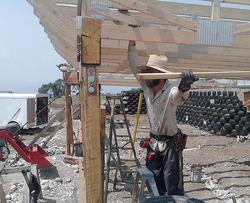 Christian Shearer visits via Skype from Idaho (with his team of interns also joining the conversation at the U.S. end), to discuss the process of setting up and coordinating the Panya Project, just north of Chiang Mai in Thailand. He discussed it’s overall objectives, from the original proposal back in 2002 to the functioning education centre and community that runs today. This is our second call in from a globally recognised professional in the field of Permaculture (among other things). To be able to connect with Christian, and his interns, across the world, providing us with an incredibly unique opportunity to share knowledge and experiences for massive mutual benefit. He describes the process of building his earthship and new home project in the States. In the evening most of the group head down the hill for a swim in the local lake ‘Aplungen’. On the way home I’m reminded of how stunning this landscape is and how rare an opportunity this is, an ever changing experience of shapes, patterns, people and rhythms. There’s rain on the way this weekend they say, I haven’t heard that beat for a while. It’ll be nice.
0 Comments
Leave a Reply. |
Details
Like us on FB Below for regular updatesStay up to date with customized updates you want to receive
Upcoming coursesArchives
December 2016
Categories
All
|
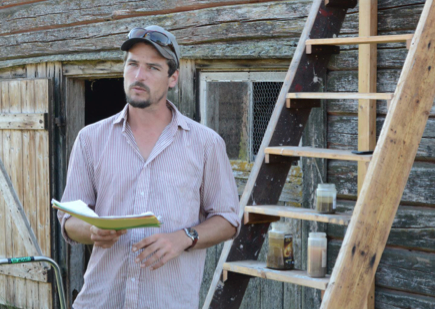
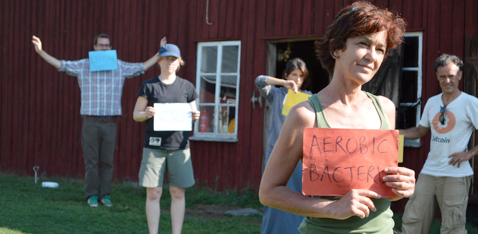
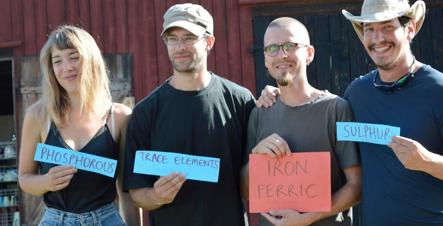
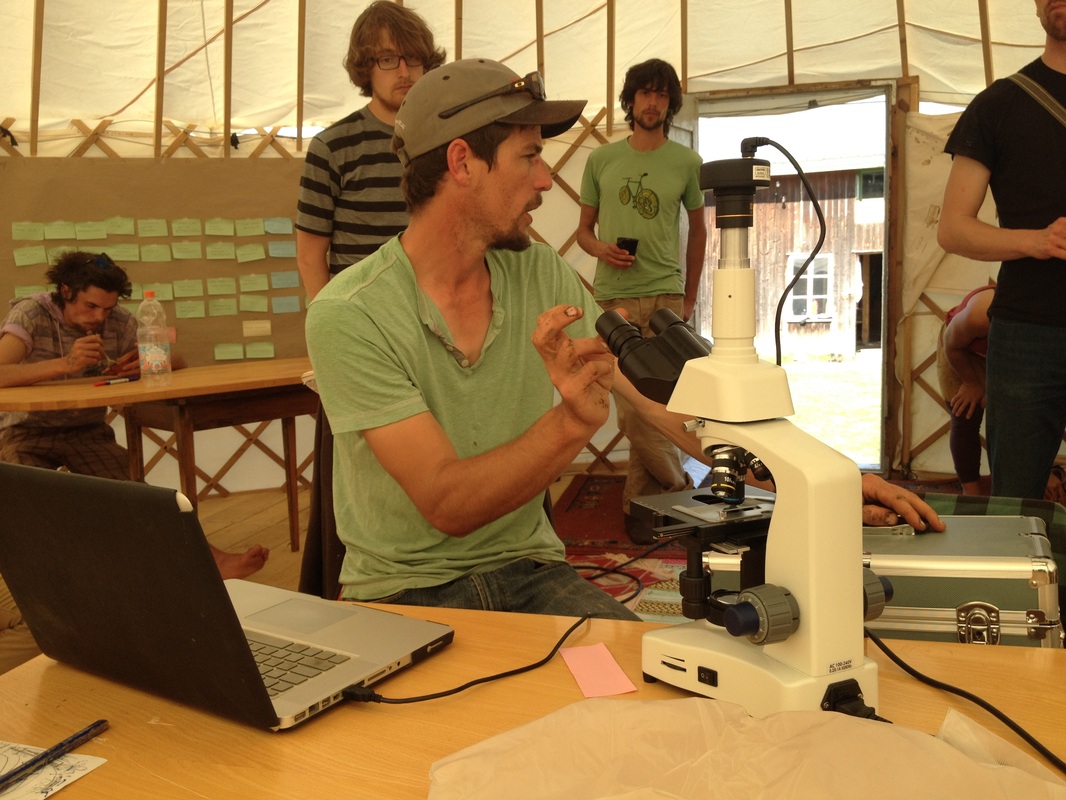
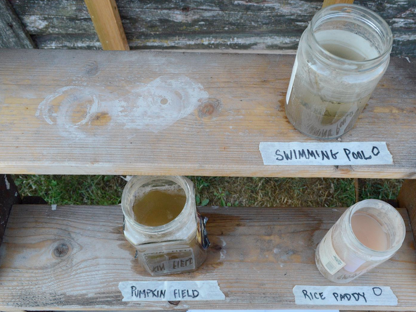
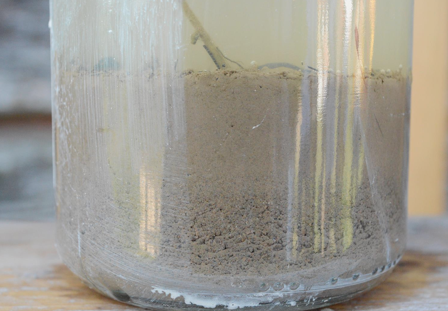
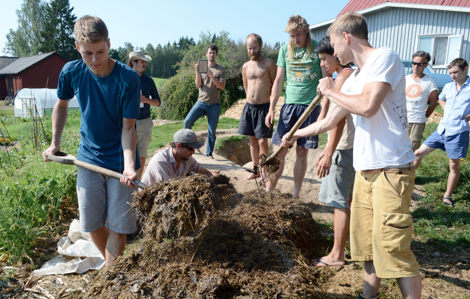
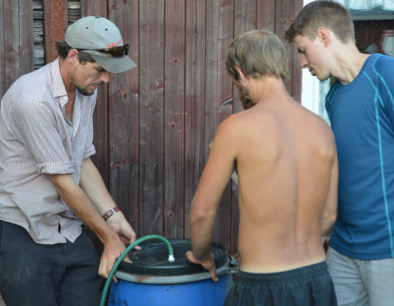
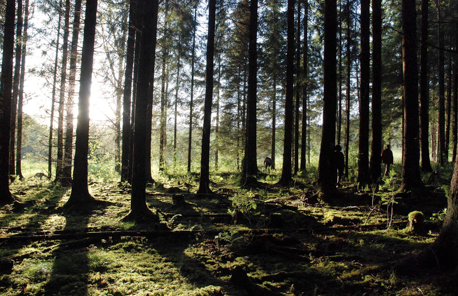

 RSS Feed
RSS Feed